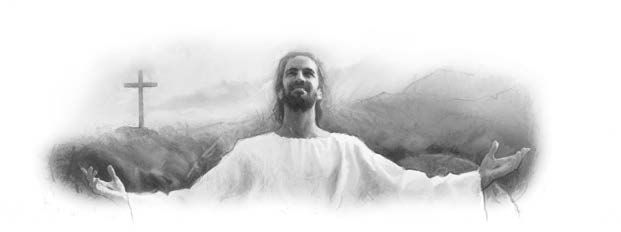A Bible worker invited several people to the Seventh-day Adventist church in Bethel, Alaska, to share their life stories with a visitor from Adventist Mission. Part of the Thirteenth Sabbath Offering for fourth quarter 2024 will go to repair and expand the church so it can accommodate a center of influence for ministry in Bethel. I had flown to the town of 6,300 people to collect mission stories to promote the project.
But no one showed up at the church at the designated time. The Bible worker, Joy Anderson, waved toward a large pizza that she had picked up on her way to the church from her office, where she works as a lawyer.
“Help yourself,” said Joy, who is originally from Alabama and co-leads the church with another Bible worker. “I had hoped that pizza would encourage people to come.”
About half the pizza was gone when Kingston walked in. He expressed surprise that he was the only person present. Then he took a slice of pizza, sat down, and spoke about why he worships at the Adventist church.
The 59-year-old custodian said he struggled for years with alcohol and drugs in Hooper Bay, a Yukon-Kuskokwim Delta town of 1,400 people located 90 minutes by small plane from Bethel. “I wanted to get out of the crummy life that I was living,” he said. “I told myself, ‘If I do not learn from this lesson, if I do not learn from my mistakes, people will think that I am dumb.’ ”
Then Kingston moved to Bethel, following the path of many Yukon-Kuskokwim Delta residents who have left small towns in hope of better lives in Bethel, the largest community in western Alaska. Yukon-Kuskokwim Delta’s population is about 85 percent Alaska Native, who are primarily Yup’ik, Cup’ik, and Athabascan.
One day, Steve, an Adventist and Yukon-Kuskokwim Delta native, invited Kingston to the Bethel Church. “He asked me if I was troubled or down,” Kingston said. “I was curious where he was going, so I started coming.”
Kingston found strength in spending time with other churchgoers who had overcome their dependence on alcohol and drugs. “They helped me to stay away from those things,” he said. “This setting has helped me.” He said he is happy but still seeking answers. “The Good Man up above sees everything,” he said. “We all find our answers somehow.”
Please pray for Kingston, who attends church nearly every Sabbath but has yet to make a decision for baptism. Thank you for your Thirteenth Sabbath Offering that will support the Bethel Seventh-day Adventist Church’s mission outreach this quarter. The names of Bethel residents have been changed to protect their privacy. The photo depicts Joy Anderson.

